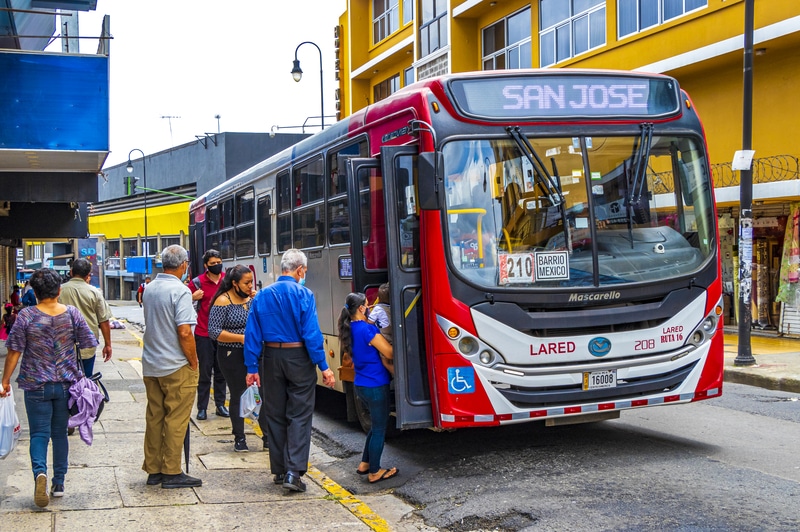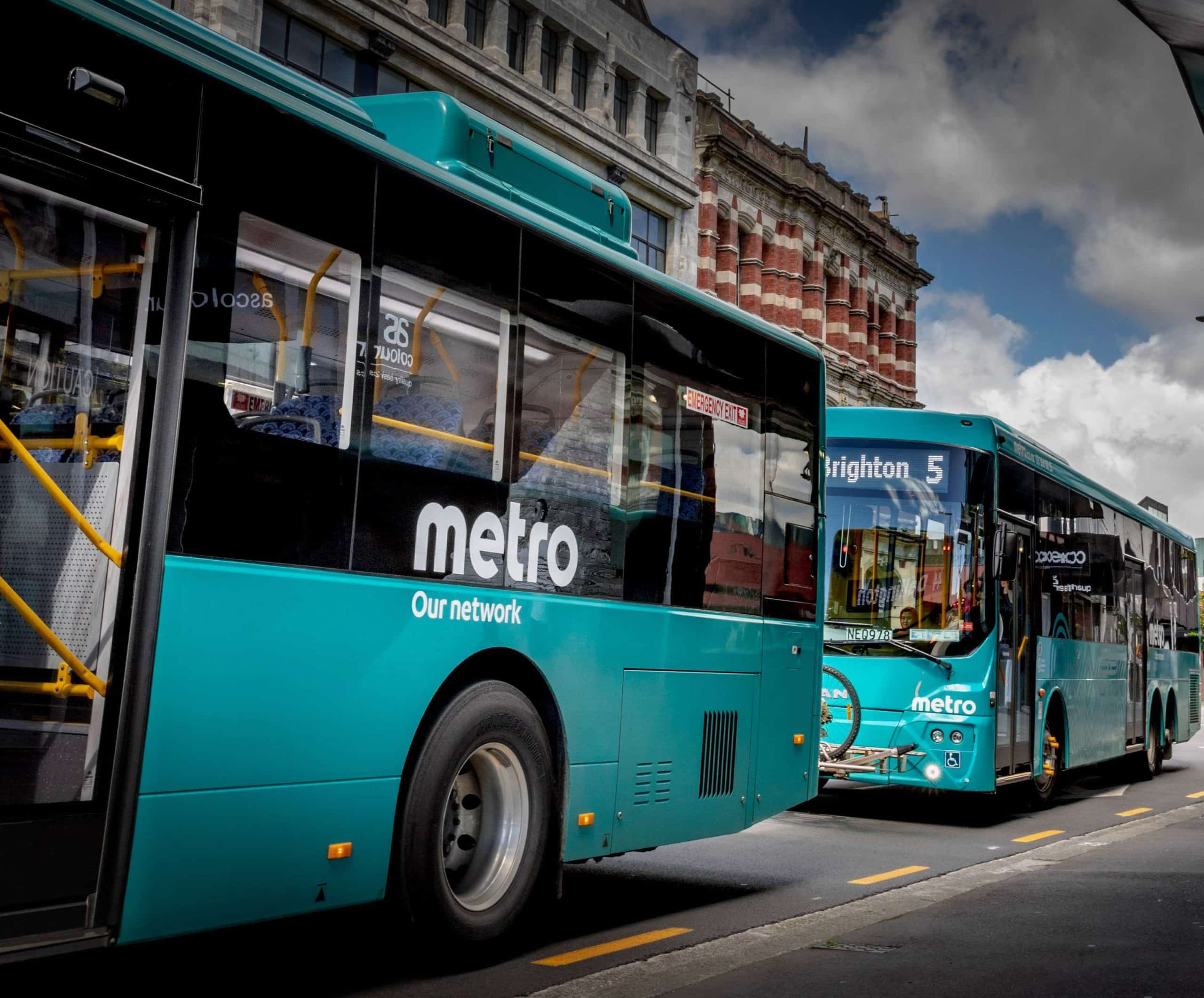
Article Highlights
In a first for Latin America and perhaps one of the only projects of its kind in the world, the Central Bank of Costa Rica is building a nationwide infrastructure for open-loop transit payments, as it seeks to ultimately eliminate cash on board its buses and trains. The aggressive push would leapfrog the country over a closed-loop payments infrastructure.
Table: Costa Rica’s open-loop rollout–key points
• Central Bank of Costa Rica
• INCOFER (Costa Rica)
• Littlepay
• SC Soft
• Visa
• Mastercard
• Cal-ITP
In a first for Latin America and perhaps one of the only projects of its kind in the world, the Central Bank of Costa Rica is building a nationwide infrastructure for open-loop transit payments, as it seeks to ultimately eliminate cash on board its buses and trains.
















